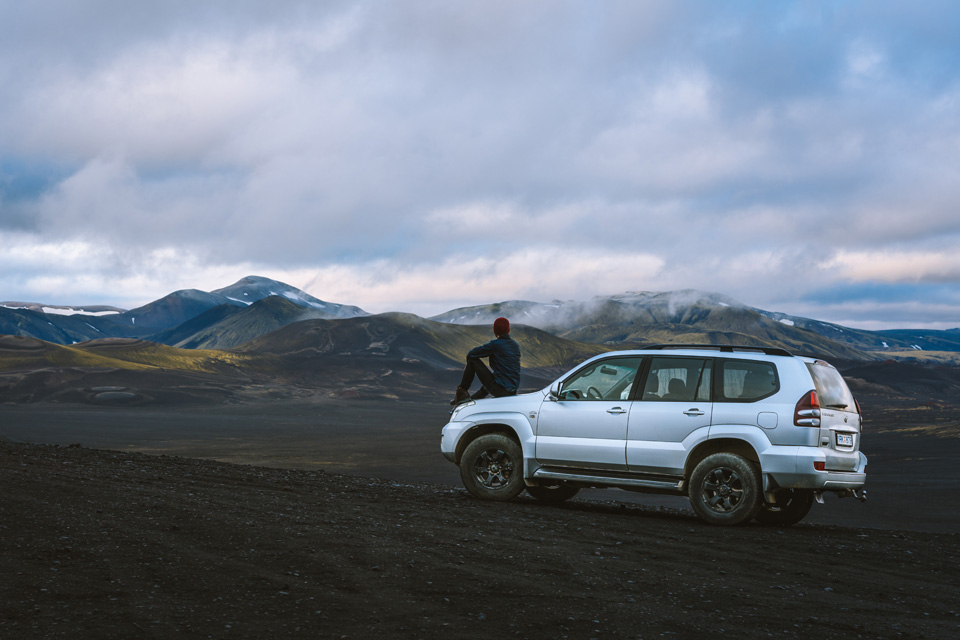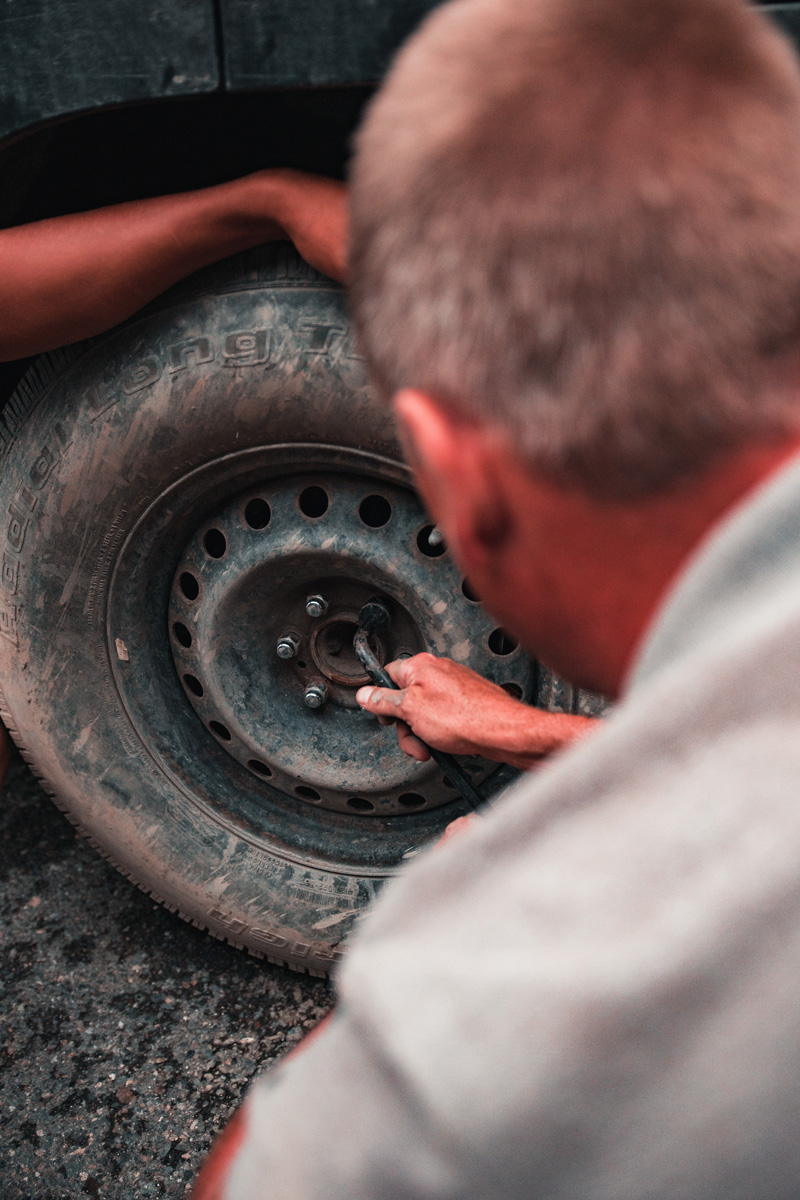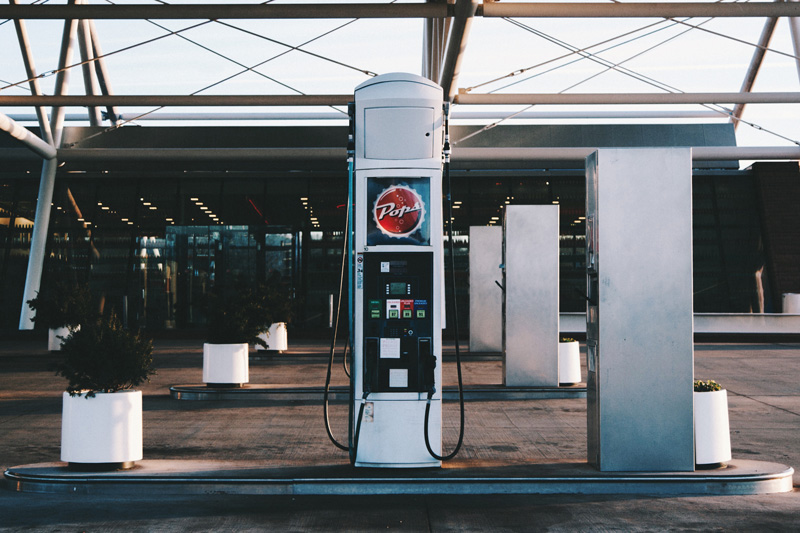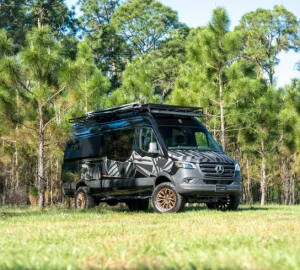Embarking on a road trip can be a fun and exciting experience. That being said, it is also one of the most stressful vacation ideas there is. With a regular beach vacation, you’re set as long as you remember to book the flights and accommodation, however, with a road trip, there are a lot more variables that you need to consider. You have to plan where you’re going to each, which route you’re going to take, and more. It is also up to you to ensure that your car is ready for the journey. With that in mind, here are thirteen things you can do to prepare your car for a road trip.
1. Top Up The Fluids
Transmission fluid, brake fluid, power steering, and antifreeze are all incredibly important to your car, contributing to it maintaining its locomotion. For this reason, it’s vital that you check your fluid levels before heading off on any long journeys. If you don’t know how to do this yourself, then ask a loved one or a professional to show you. When levels are low, you must ensure that you top them up right away. You may also benefit from a higher-grade oil, so check with your mechanic.
2. Clear Out The Boot
The more junk you have stored in your car, the heavier it will be and the more fuel that it will use. When on particularly long trips, this can end up costing you in a big way. To prevent this, you should clear everything out of your boot that doesn’t need to be there. If you’re driving down to the beach, for example, you probably don’t need snow chains and road salt. It’s best to do this early so that you have time to put things back if you realize that you may actually need them.
3. Inspect The Car Battery
Nothing will stop your car dead on your journey quite like a bad battery. Keeping that in mind, you should inspect yours before you go away. Check it’s condition visually and if you see any cracks, leaks, or other damage, you should get it replaced right away. Your terminals should also be tight and free from corrosion. You can neutralize and clean away this problem with some water, baking soda, and a toothbrush. You should also test your battery to verify that it is healthy.
4. Look At The Lights
Road trips can often carry on throughout the night, as well as the day. You may also want to keep driving through rainstorms and other bad weather. If this is the case, it’s more important than ever that your lights are working as they should. Even if it weren’t the law, you’d need your headlights on to keep yourself and other drivers safe. For this reason, you should ask someone to check all of your lights for you. Carrying spare bulbs in the car is a sensible idea too.
5. Repair The Cracked Windshield
No matter how carefully you drive, rocks on the road mean that the windshield of your car can still be damaged. If you have a cracked windshield, it’s imperative that you get it repaired before you go away. If you fail to do this, you may be left facing a windshield replacement cost instead of just a repair. Once a windshield becomes chipped or cracked, it’s especially vulnerable. All it would take is a slight knock, and the crack could grow, or the glass could completely shatter.
6. Check The Tire Pressure
Tires are the only connection that your vehicle has with the road. For this reason, acceleration, braking, and overall safety all depend on them being in good condition. Even if you have an indicator light for pressure on your dashboard, you should still check your tire pressure before going on a road trip. Low pressures tend to cause extra heat to build up, which can lead to dangerous blowouts at high speeds. Pumping up your tires can thankfully prevent this.
7. Replace Worn Out Tires
While you’re on the floor checking your tire pressure, you should also take the time to look at the tread. Many use a coin to do this, checking that the tire at least somewhat obscures the top of the head. If your tires don’t have enough tread, then you need to replace them. Worn and bald tires are incredibly dangerous, as it makes the vehicle more difficult to control and can also lead to blowouts. Because of this, you should never drive unless your tires are safe.
8. Pack An Emergency Kit
The only thing worse than your car breaking down is it breaking down without you having all of the tools that you need to stay safe. No one goes driving expecting to face this issue, but it’s crucial that you’re prepared in case you do. Because of this, you should pack an emergency kit of everything that you may need, including flashlights, extra spark plugs, blankets, and bottles of water. You may also want to pack a few flares so that passing traffic can spot you in the dark.
9. Add A Spare Tire
A flat tire is an issue that can easily be solved with the help of a spare tire. However, this will only be the case if you actually remember to pack one. You should also check that this tire is fully inflated and is in good working shape. Also, remember to pack the wrench, jack, and other tire-changing tools in the trunk. If your vehicle has wheel locks, you’ll also need to make sure that you have the key and wrench to remove them all.
10. Stock Up The Glovebox
Your registration, proof of insurance, and owner’s manual should always be kept in the glove compartment of your car. However, it’s especially important that you have these documents when you head off on a long drive. Because of this, you should check your glovebox to ensure that everything is present and accounted for. If you’ve lost or misplaced your manual, make sure that you print off or order a replacement before you leave.
11. Wash Windows And Mirrors
A dirty windshield, rear window, or side mirrors can all hinder your visibility, as well as produce glare, especially in the dark. This puts you at a greater risk of being involved in an accident. To remedy this problem, you should clean your windows inside and out and wash your mirrors. For the inside of your car, a basic window cleaning spray works well. Microfiber glass cleaning towels are also great, but, if you don’t have one, then a paper towel can work too.
12. Fill Up The Tank
It’s inevitable that you’re going to need to fill up your tank at some point on the road. However, you should still make sure that you have a full tank before you leave. This can save you some money, as you’ll already know the cheapest places to buy gas in your local area. By filling up your tank before you leave, it also reduced the likelihood of you running out of fuel before you get the chance to visit a gas station.
13. Invest In Roadside Assistance
Even if you and your vehicle are as prepared as possible, there’s still the chance that something could go wrong on your trip. Breakdowns and accidents happen all the time, so make sure that you invest in breakdown cover and roadside assistance. You should also make sure that your car insurance extends to wherever you’re going. The last thing that you need is to be left without cover on your journey.
Driving is an everyday task for many of us; however, when road trips are concerned, you can’t just jump in the car and go. To stay safe and avoid any issues, you need to prepare your vehicle by following the tips above.








